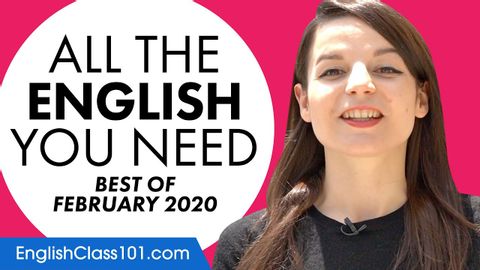あなたのマンスリー・ドーズ・オブ・イングリッシュ 2020年2月のベスト (Your Monthly Dose of English - Best of February 2020)
林宜悉 が 2021 年 01 月 14 日 に投稿  この条件に一致する単語はありません
この条件に一致する単語はありません- n.言い回し;音楽の節;語句;句
- v.t./i.言い表す
US /ˌsɪtʃuˈeʃən/
・
UK /ˌsɪtʃuˈeɪʃn/
US /ˈfɪzɪkəl/
・
UK /ˈfɪzɪkl/
- n. (c.)身体検査 : 健康診断
- adj.身体の : 肉体の;物質的な;物理的な
- n.体育
US /ɪkˈsprɛʃən/
・
UK /ɪk'spreʃn/
- n. (c./u.)表現;語句;表情;式;表現;表現
エネルギーを使用
すべての単語を解除
発音・解説・フィルター機能を解除

